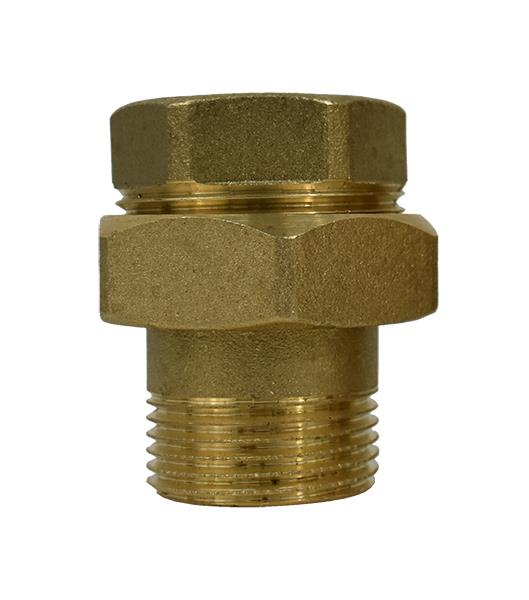Plumbing fittings are very important components of any water or sewage network, in addition to pipes and fittings. They allow the connection of individual elements of the water supply or sewerage network, as well as changing the direction of water or sewage flow, but they also have other uses depending on the type of fitting. We explain what plumbing fittings are, their types and their applications.
What are hydraulic fittings?
Plumbing fittings, or pipe fittings, are indispensable components in any sewerage or water supply network. They are the elements that make it possible to connect the individual elements of such networks and to change the direction of water or wastewater flow. In addition to the water and sewerage network, plumbing fittings are also used in pneumatics, gas installations, chimney or supply ventilation systems, and heating installations.
Types of hydraulic fittings
There are many types of plumbing fittings because of their shape, application and the material they can be made of. Currently, the most common fittings are those made of polypropylene and resin, which are usually reinforced with fibreglass. In addition, there are also plumbing fittings: brass, copper and cast iron. Plumbing fittings are used in both internal and external plumbing systems. In terms of the method of connection, we can also distinguish fittings that are connected to pipes and other elements of the plumbing network by heating or screwing.
With regard to shape, we distinguish between such hydraulic fittings as:
- knee,
- nipple,
- tee,
- muff,
- reduction,
- screw,
- extension,
- eccentricity.
Elbow
An elbow is a type of pipe fitting that is used to change the direction of flow in installations and to join pipes together that run at different angles. Elbows made of metal usually have a 90-degree angle, while plastic elbows can be made in a number of different curves. Adjustable elbows, characterised by a variable bend angle, are also available. Examples of elbows that have a very good reputation among installers: PE 32 screwed elbow, External PVC sewer elbow 160 mm / 67.5 deg., External PVC sewer elbow 110 mm / 30 deg..

PE 32 screwed elbow
Nipple
In other words, a tube-shaped hydraulic fitting that has external threads - Withworth pipe threads - at both ends, while its centre section has a hexagonal ring shaped like a flat nut to facilitate turning with a spanner. The nipple is used to connect two tubular components with female threads. It is most often made from steel, sometimes also from brass or cast iron.
T-piece
A tee is a type of pipe fitting consisting of three outlets. It is used in water supply and sewerage networks, but also in heating and gas networks. A T-piece is a component of a pipe network that enables a lateral branch to be made. T-pieces can be made of plastic or metal. The following are suitable for external drainage systems PVC external T-piece 160 mm / 160 mm / 45 deg. and PVC external T-piece 110/110/67.

PVC external T-piece 160 mm / 160 mm / 45 deg.
Coupler
The coupler, otherwise known as a straight fitting, is a connector used in bolted connections to connect primarily pipes. It is shaped like a sleeve and has an incised homogeneous internal thread along its entire length. The couplers we recommend are: 28 mm press copper socket. VIEGA, as well as PE 32 twist coupling.

28 mm press copper socket. VIEGA
Reduction
A reducer, or reducer fitting, is a plumbing fitting whose function is to reduce the size of a pipe from a larger diameter to a smaller diameter - the internal diameter, of course. The reducer union is used for pipes, elbows, as well as kitchen or bathroom fittings.

Reduction 2″ x 6/4″ black
Screw
A screw as the name suggests is a threaded hydraulic fitting. It is used to install easy-to-connect connections in various installations: water, sewage, gas, central heating, compressed air and others. You may also come across such names as two-connector (this name can also refer to a socket or nipple) and holender.

Straight screw 1″ oring brass
Plumbing fittings are very important components of any plumbing system. They are also used in gas and heating installations. Depending on the type, they can change the direction of flow in installations. They also make it possible to create branches in the system, join pipes and other components of these systems, or adjust the thickness of the pipes.
